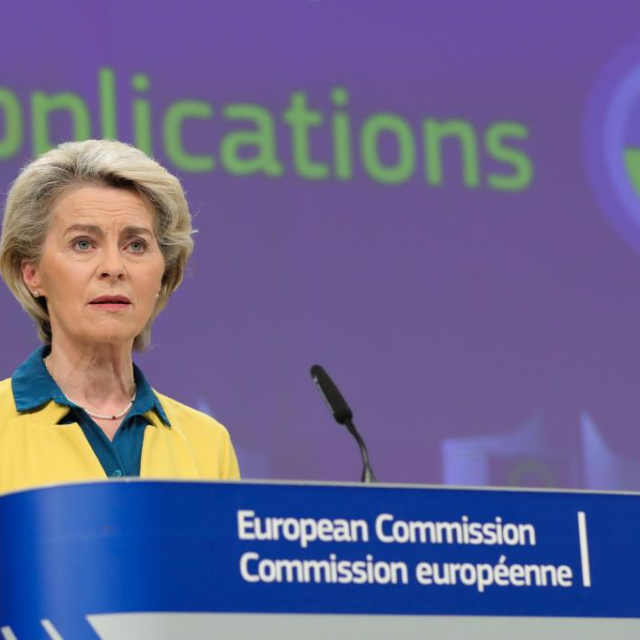It was in September 2018 that Mr. Uner Kirdar, the Former Senior United Nations official and the main architect of UNDP Development Study Programme, said: ‘True development can only be achieved through a process that places ‘people’ at the centre of all concerns, writes Hande Bozatli.
This process must aim at the maximum release of their inside human energy, to build up their own development, as well as their knowledge, capacities, capabilities, efficiency, competitiveness, productivity, and their commitment to the advancement of the society in which they live. Governments, societies and families together have the prime responsibility to ensure the necessary means and environment, to enable their people to achieve success in this process. They also have the duty to guarantee maximum political, economic and social rights and freedom to them in this undertaking.
The United Nations Development Programme (UNDP) had used the term ‘sustainable human development’ to describe the very human-centredness of sustainable development (UNDP 1996). From this perspective, we can see ‘development’ as a change that improves the conditions of well-being for both humans and the society that they belong to. Human-centred sustainable development is indeed of key importance to strengthen governance initiatives.
In January 2019, it was the International Labour Organisation (ILO) report calling on governments for human-centred future work. The ILO Global Commission outlined a vision for a human-centred agenda that was based on investing in people’s capabilities, institutions of work and in decent and sustainable work.
Mr. Cyril Ramaphosa, President of South Africa and Co-Chair of ILO, said “The report should stimulate engagement and partnerships within and between national and regional jurisdictions to ensure that the global economy and global society becomes more equitable, just and inclusive.”

In his article about ‘Human-centred governance: transforming government from the outside-in, published on April 12, 2017 in Policy Press of the University of Bristol, Christian Bason argued that by bringing design methods into play, public managers could lead change with citizens at the centre, and discover a new model for steering public organisations: human-centred governance.
A recent research conducted with Copenhagen Business School, Stanford University, Case Western University and Oxford Business School examined the experiences of public managers who had already used design methods in government. The research showed that design practice in the public sector placed more emphasis on future-making than on the analysis of choice between the formerly used alternatives.
Nigel Jacob and Trip Carpenter, in their article about Human-Centred Design for Government on Living Cities Blog in December 2015 also wrote that human-centred design engages people in the work of designing things that affect their lives, and it focuses designers’ attention on the needs and preferences of the people affected.

Local and regional governments are starting to explore the thrilling potential for broader application of human-centred design. City and regional officials care about people. They also have the advantage of being closer to them. By implementing human-centred design in their governments, they can inspire innovation for complex problems, work hard to make the citizens lives better and help people deliver programmes, policies and services that not only make governments more effective with limited resources, but also improve people’s lives.
The Author, Hande Bozatli, is the Regional Business and Government Editor of EU Political Report.




